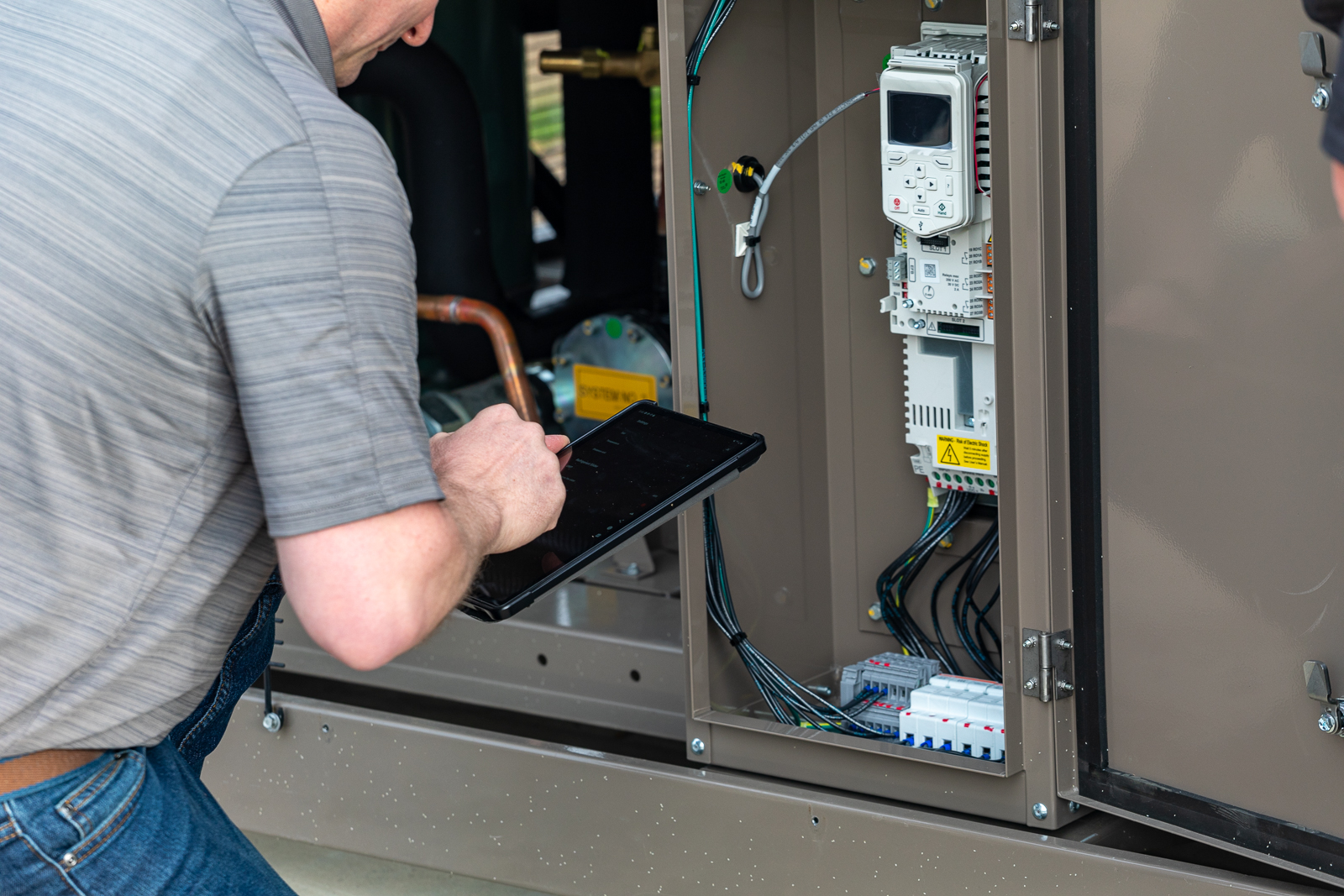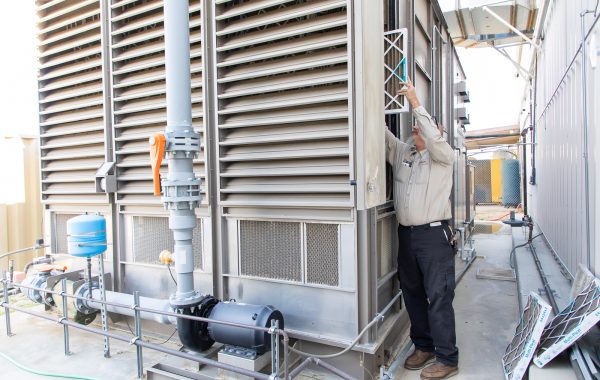
Act Quickly: The Essential Guide to A2L Refrigerants
In the ongoing effort toward environmental sustainability, a pivotal shift is underway that will reshape the landscape of HVAC systems. A2L refrigerants are set to revolutionize how we cool and heat our spaces, but their adoption comes with an important deadline. As conscientious consumers and forward-thinking business owners, understanding this change is not just beneficial—it’s necessary. HVAC systems and their refrigerants have a significant influence on our environmental impact, making the transition to A2L refrigerants both a challenge and an opportunity of great significance.
Understanding A2L Refrigerants
A2L refrigerants represent a significant advancement in the realm of refrigeration technology. But what exactly does the term “A2L” signify, and why is it garnering attention in the HVAC industry?
A2L refers to a classification of refrigerants characterized by their lower toxicity levels and reduced Global Warming Potential (GWP). These refrigerants have been mandated by governments worldwide as part of efforts to mitigate the environmental impact of HVAC systems. Unlike the refrigerants before them, which often contained harmful substances with high GWP, A2L refrigerants offer a more environmentally friendly alternative.
The significance of A2L refrigerants extends beyond just compliance and regulations. They represent a proactive step towards creating a safer and healthier planet for future generations. By minimizing the release of harmful chemicals into the atmosphere, A2L refrigerants contribute to the global initiative to combat climate change and preserve the essential balance of our ecosystems.
How Does A2L Affect You?
As regulations regarding refrigerants continue to evolve, it’s crucial for businesses and individuals to understand how these changes will impact them. For owners of older HVAC systems, the transition to A2L refrigerants may necessitate more than just a simple refrigerant replacement. Unlike past phase-downs of refrigerants, which often involved retrofitting existing equipment, A2L refrigerants require a shift towards new, specialized equipment designed to accommodate their unique properties.
This shift poses both challenges and opportunities for stakeholders in the HVAC industry. While the initial investment in new equipment may seem daunting, the long-term benefits in terms of energy efficiency and environmental stewardship are undeniable. By embracing the transition to A2L refrigerants, businesses can not only stay ahead of regulatory requirements but also position themselves as leaders in sustainability.
The Role of Preventative Maintenance
When embracing A2L refrigerants, the importance of preventative maintenance cannot be overstated. HVAC equipment, if not properly maintained, can become a major contributor to environmental degradation. Aging systems, combined with a lack of timely maintenance and repairs, can lead to the release of harsh refrigerants into the atmosphere.
One of the key factors driving the transition to A2L refrigerants is the need to address the inefficiencies and environmental impact of outdated HVAC systems. Neglected equipment not only consumes more energy due to decreased efficiency but also poses a greater risk of malfunction and leakage. In a time of rising temperatures and heightened environmental awareness, the need for sustainable HVAC solutions is important.
Understanding the Regulatory Change
Effective January 1, all equipment manufacturers will transition to A2L equipment production, meaning you will no longer be able to purchase new units with 410(a) refrigerant. This shift is reminiscent of the phaseout of R-22, which led to significant price increases and much longer lead times for equipment. While refrigerant and parts for 410(a) equipment will still be available, it is crucial to consider the implications of this regulatory change.
To mitigate potential disruptions, it’s advisable to explore your options for ordering equipment now, before the mandated transition. By acting promptly, you can avoid the anticipated cost hikes and supply chain delays associated with the widespread shift to A2L refrigerants. Our team at BMI Mechanical is ready to assist you in navigating these changes, ensuring a smooth and efficient transition for your HVAC systems.
What Should You Do?
In light of these developments, it’s important for businesses and individuals to take proactive steps toward understanding and adapting to the transition to A2L refrigerants. This begins with asking questions, conducting research and seeking guidance from knowledgeable experts in the field. BMI is here to assist you in navigating this transition, providing you with the expertise and support you need to make informed decisions regarding your HVAC systems.
At BMI Mechanical, we recognize that our own Green Initiatives drive our commitment to technological advancements and sustainable practices. Just as regular maintenance is essential for the health of our planet and our bodies, it is also vital for the longevity and efficiency of HVAC equipment. By prioritizing preventative maintenance and embracing the transition to A2L refrigerants, we can create a more sustainable future for generations to come.
The emergence of A2L refrigerants represents a big milestone in the journey toward environmental responsibility in the HVAC industry. By understanding the importance of A2L refrigerants and prioritizing preventative maintenance, and with the support and expertise of BMI, you can navigate the transition to A2L refrigerants with confidence, knowing that you’re taking proactive steps towards a greener, more sustainable future.
For those interested in learning more about the regulatory background and implications of this transition, please refer to the following references:
- California Significant New Alternatives Policy (SNAP)
- Federal Register: Protection of Stratospheric Ozone
Have questions? Reach out to us today or schedule an appointment to review your current HVAC status.




